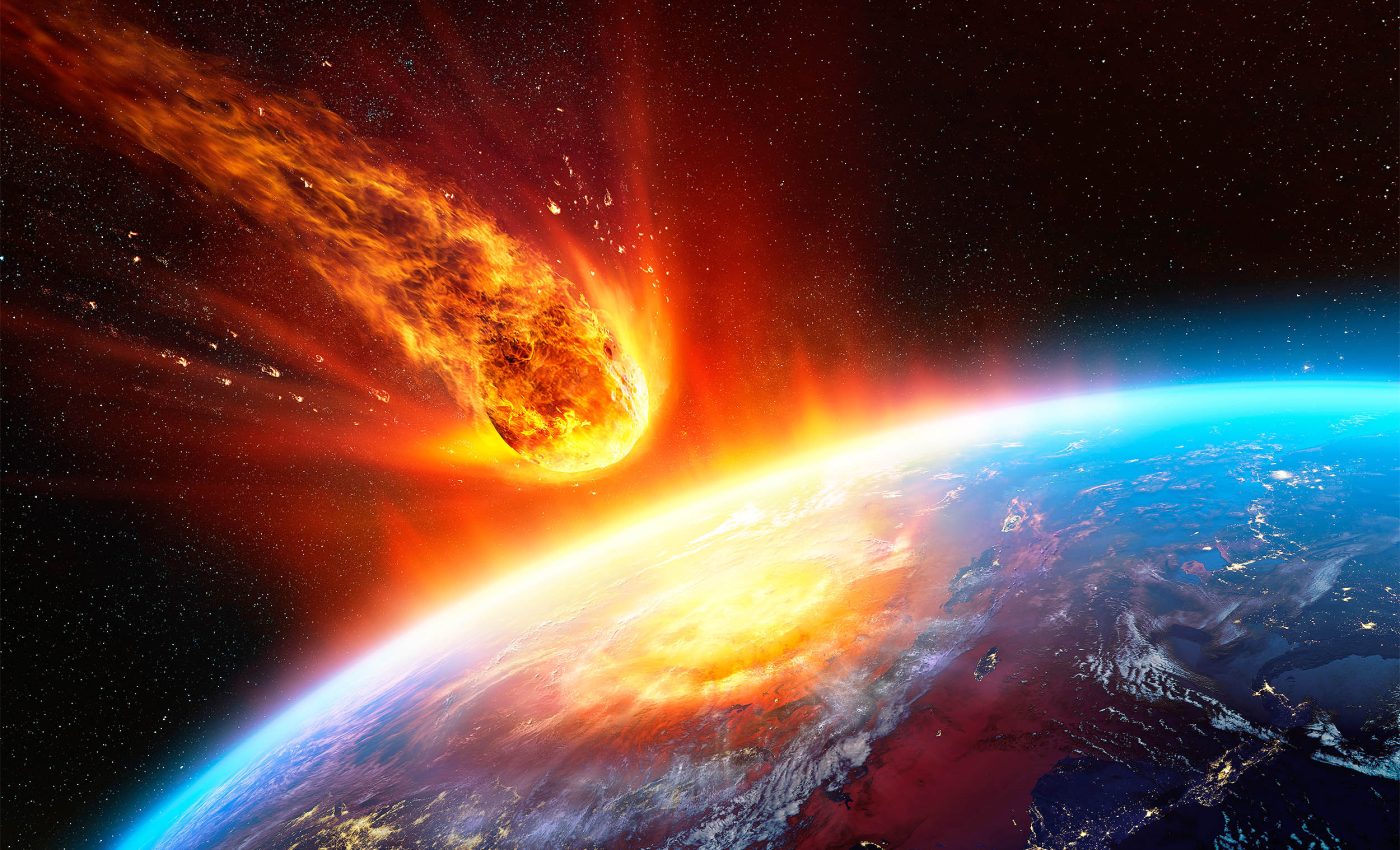
Cosmic equivalent of a 'blindfolded full-court shot' caused the dinosaur extinction
About 66 million years ago, a massive asteroid slammed into Earth after traveling 2.7 billion miles, causing a mass extinction during the Cretaceous period the killed the dinosaurs. After ruling the planet for roughly 165 million years, the dinosaurs were gone.
But where did this asteroid come from? This age-old question has intrigued scientists for years.
The recent discovery of a rare earth element called ruthenium offers some exciting clues. The study suggests that the deadly asteroid that caused the dinosaur extinction might have originated from a region far beyond Jupiter, called the Kuiper Belt.
This discovery has the scientific community buzzing and could really change how we view Earth’s history and the potential cosmic threats we face.
Rocks, scientists, and ruthenium
Mario Fischer-Godde, an esteemed geochemist from the University of Cologne, leads this pioneering research. It was his relentless inquisitiveness that led to a new understanding of the origins of the catastrophic asteroid.
Fischer-Godde’s research centers around the analysis of ruthenium isotopes discovered in sediment samples from the Cretaceous-Paleogene boundary.
His findings challenge the long-standing belief that the asteroid, known as the Chicxulub impactor, originated from the inner regions of the asteroid belt.
Ruthenium and the dinosaur extinction
Ruthenium might not be a name you hear every day, but it played a key role in Fischer-Godde’s discovery.
This rare metal, usually found in tiny amounts on Earth and in certain types of asteroids, provided essential clues that helped scientists track down the origins of the killer asteroid that changed the course of Earth’s history.
Its unique properties and scarcity make it a really interesting topic to explore. It’s amazing how something so obscure in our everyday lives could help us unlock such huge mysteries, shedding light on the cosmic events that have shaped our planet and even life itself.
Chicxulub impact
When that dinosaur-killing asteroid, around 6 to 9 miles wide, hit Earth about 66 million years ago, it was a total disaster.
The impact released an insane amount of energy, like billions of atomic bombs, leading to massive fires, tsunamis, and a thick cloud of dust that blocked out sunlight for months.
The fallout was brutal, causing mass extinction — including our dinosaur pals, who had roamed the Earth for over 165 million years — and leaving a huge crater in Mexico’s Yucatan Peninsula known as the Chicxulub crater.
This crater, about 150 kilometers wide, is a powerful reminder of that catastrophic event that changed life as we know it.
The aftermath sparked a series of environmental shifts that eventually allowed mammals, and later humans, to rise.
Dinosaur extinction and the Chicxulub crater
How did Fischer-Godde figure out that the Chicxulub impactor probably came from the Kuiper Belt instead of being a comet?
His detailed research looked at the asteroid’s unique makeup, especially focusing on the presence of ruthenium isotopes.
This finding was a big deal since it provided solid evidence against earlier theories that suggested a comet was behind the impact — an idea based on simulations done just last year.
By analyzing the isotopic ratios and comparing them to known celestial bodies, Fischer-Godde made a strong case that the Chicxulub impactor’s characteristics fit better with asteroids from the Kuiper Belt, changing how we think about the origins of this catastrophic event.
Asteroids and planetary defense
This game-changing discovery by Fischer-Godde is not just about unraveling the mysteries of the past, but also about anticipating the future.
Understanding the origins of the Chicxulub impactor is key in preparing for similar cosmic threats, especially considering that even a rare encounter with a C-type asteroid could spell disaster.
“If we find that earlier mass extinction events could also be related to C-type asteroid impacts, then… if there’s ever going to be a C-type asteroid on an Earth-crossing orbit, we have to be very careful,” Fischer-Godde cautions.
Linking cosmic collisions and Earth’s history
Every cosmic collision since the Chicxulub impact has left a lasting mark on Earth’s history. By studying these events, scientists can piece together how space has shaped our planet’s environment and life.
Fischer-Godde’s research gives us valuable insights into Earth’s past and potential future threats, reminding us of our shared journey in this vast universe.
His findings have changed how we view the asteroid that wiped out the dinosaurs, showing it as a celestial body that traveled from a far-off part of our solar system.
By analyzing ruthenium isotopes, he and his team are solving ancient mysteries while also setting the groundwork for future planetary defense strategies.
These efforts highlight the complex connection between life on Earth and cosmic events, reminding us once again of our place in the greater cosmos.
The full study was published in the journal Science.
—–
Like what you read? Subscribe to our newsletter for engaging articles, exclusive content, and the latest updates.
Check us out on EarthSnap, a free app brought to you by Eric Ralls and Earth.com.
—–













